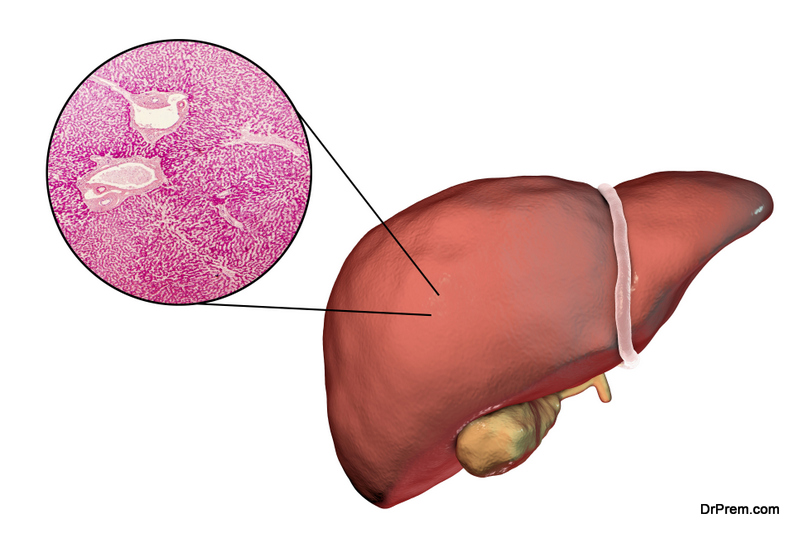The overburdened global healthcare is battling serious issues related to rising costs and severe disparity in treatment delivery. Even groundbreaking technological advances and the laborious efforts of well-trained medical staff failed to achieve the desired standard of value-based delivery. A lot has been discussed about the healthcare strategies government should consider for achieving the best outcome at the least cost but the desired level of implementation still seems to be a distant dream.
The need has arrived for a fundamental change in the approach shifting from supply-driven healthcare system to patient-centric system to maximize the value for patients.
Balancing social and medical funding – One of the topmost healthcare strategies government should consider:
 A considerable expenditure in public medical care does not always ensure a better outcome unless the social spending is taken care of equally. The Centers for Disease Control, US, estimate that social and environmental factors contribute 50% to the population’s health while the remaining 50% can be attributed to health behavior, genetics, and medical care accessibility. Therefore, balancing the funding pattern is a must to improve health outcome for the patients.
A considerable expenditure in public medical care does not always ensure a better outcome unless the social spending is taken care of equally. The Centers for Disease Control, US, estimate that social and environmental factors contribute 50% to the population’s health while the remaining 50% can be attributed to health behavior, genetics, and medical care accessibility. Therefore, balancing the funding pattern is a must to improve health outcome for the patients.
Government recommended strategies for the organizations:
Here, the onus is mostly on the physicians and healthcare organizations because ultimately it is their interdependent rules of practices that drive in value.
Defining the goal:
 This is one of the effective healthcare strategies to be considered. Government healthcare reforms have often faltered due to lack of clear-cut goals or pursuing the wrong ones. The goal should be focused on real improvement in value instead of volumes and margins.
This is one of the effective healthcare strategies to be considered. Government healthcare reforms have often faltered due to lack of clear-cut goals or pursuing the wrong ones. The goal should be focused on real improvement in value instead of volumes and margins.
Transforming the ways of care delivery through IPU:
Strategies in healthcare industry in view of the current situation need to reconsider care delivery focusing on patient’s requirements. Instead of delivering care in silos, integrated practice units (IPUs) need to be developed where a dedicated team comprising of clinical and non-clinical staff would offer complete care to the patient.
Measuring the outcome with respect to the cost:
 Among the healthcare strategies government should consider, this should top the list. Hardly, the treatment outcomes or the cost of resources deployed to cure a patient are measured. Decades of healthcare reforms have not taken account of this factor and never changed the system. On the other hand, measuring the entire set of outcomes goes a long way in meeting patient’s needs and can be one of the powerful tools of lowering healthcare cost.
Among the healthcare strategies government should consider, this should top the list. Hardly, the treatment outcomes or the cost of resources deployed to cure a patient are measured. Decades of healthcare reforms have not taken account of this factor and never changed the system. On the other hand, measuring the entire set of outcomes goes a long way in meeting patient’s needs and can be one of the powerful tools of lowering healthcare cost.
Shifting to bundled payments in a treatment cycle:
Implementation of global capitation or fee-for-service cannot be considered among the effective healthcare strategies. This may be helping in lowering cost but does not specify the improvement in outcome or value. Bundled payment systems that cover the full cycle of patient treatment and care encourage teamwork – ultimately delivering high-value care.
Integrating care delivery systems:
 Multisite healthcare delivery organizations looking after the major chunk of healthcare cannot be assigned as true value-delivery systems. These are often considered as standalone units offering duplicate services. Integration of systems removes this duplication of care, optimizing it to the best level according to location.
Multisite healthcare delivery organizations looking after the major chunk of healthcare cannot be assigned as true value-delivery systems. These are often considered as standalone units offering duplicate services. Integration of systems removes this duplication of care, optimizing it to the best level according to location.
To achieve this, the authority should efficiently deal with the following key areas:
- Define the scope of services
- Stress on volume concentration in few locations
- Choosing the right location for each service
- Integrating patient care across locations.
Expanding the geographical limits of care:
To deliver value on a large scale, the government should direct the superior medical facilities to extend their service to more patients beyond a specific geographical boundary. This can be achieved through strategic expansion of top-class IPUs and setting up satellite facilities to delivery preliminary care.
Setting up an integrated IT platform:
 The Institute of Medicine (IOM) and the National Academy of Engineering have considered IT as crucial for improving the healthcare care delivery system, which can be timely, efficient, and effective with minimum chances of error. Therefore, proper IT investment is one of the prime healthcare strategies government should consider.
The Institute of Medicine (IOM) and the National Academy of Engineering have considered IT as crucial for improving the healthcare care delivery system, which can be timely, efficient, and effective with minimum chances of error. Therefore, proper IT investment is one of the prime healthcare strategies government should consider.
Implementation of healthcare strategies can neither be done overnight nor the effect would be immediate. But the initiative towards effective strategies demands quick attention for the desired changes to follow.




